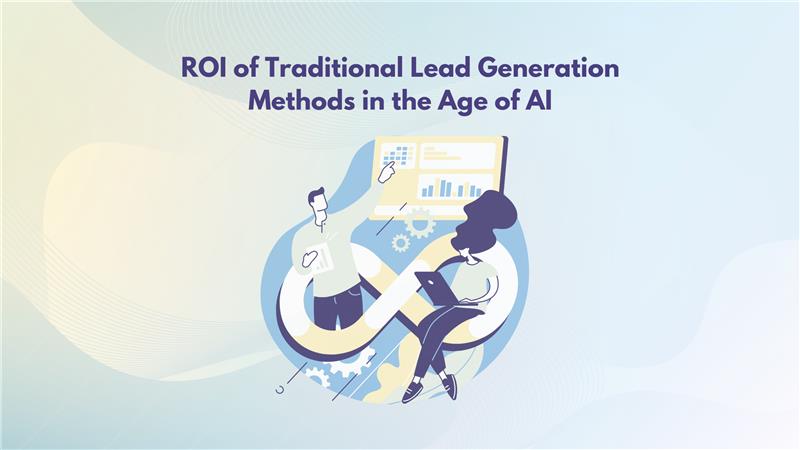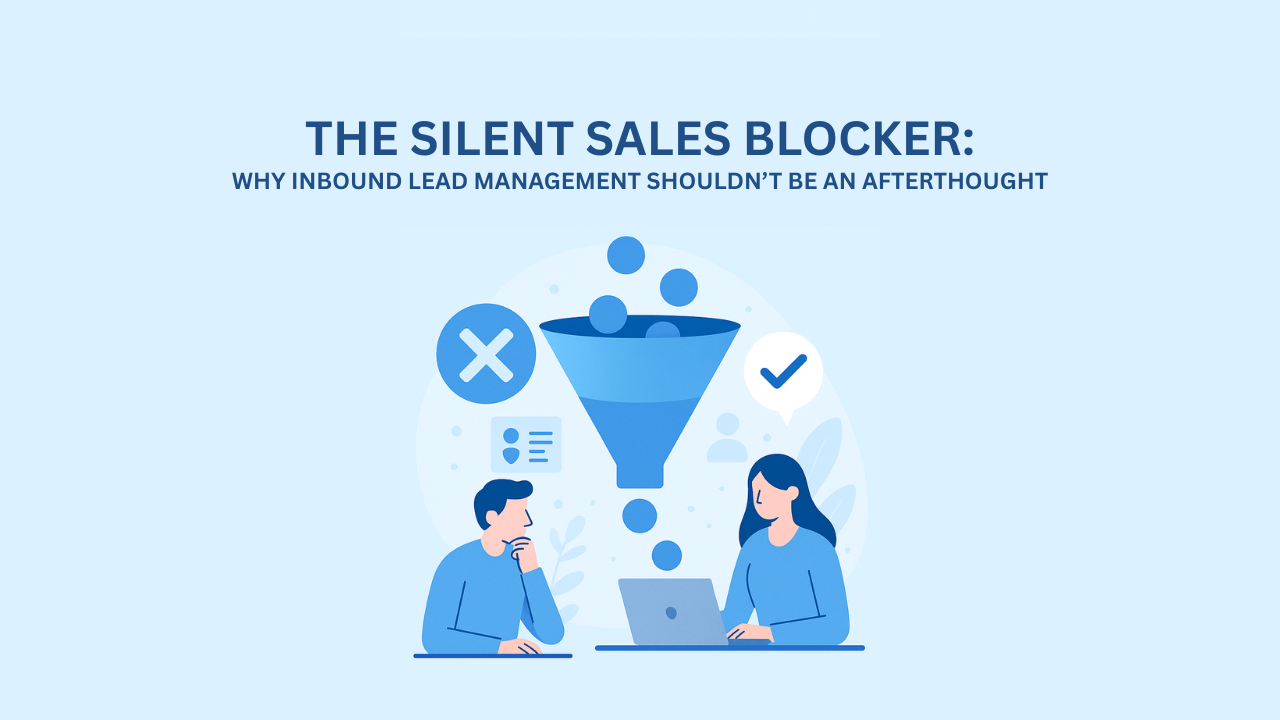
Are you a CMO worried about the budget?
In today’s world CMOs come with a standard playbook to monitor, maintain and analyze the metrics, analytics and spreadsheets. After the covid 19, online presence has made marketing far more measurable and accountable to CMOs. This has also created a rift in the standard playbook of achieving numbers using data.
The budget has reduced extensively, in spite of the fact that digital marketing spends are accelerating. According to “The CMO Survey,” marketing budgets grew by 10.3% over the last 12 months—its highest rate of increase in more than a decade—and is projected to rise by 13.6% over the next 12 months. Additionally, marketing budgets as a percentage of overall budgets have increased to 11.8%, returning to pre-pandemic levels, the survey finds.
This is not the only factor that determines the challenges faced by the CMO, there are multiple other factors but the one main reason that makes the job difficult is that the increase in marketing budgets of the brands demand for the leads generated to be successful!
Let’s dive into some of the Metrics that the CMOs really cares about
- Return on Investment
- Customer Acquisition Cost (CAC)
- Brand Awareness
- Customer Lifetime Value (CLV)
The above can be implemented by the marketers to improve customer retention and influence them in positive aspects to meet the growing demands of the current generation i.e. fast, reliable, and digitally secure.
According to a survey done by Adversity, found that 34% of marketers don’t trust the data they are given to make informed campaigns. It is surprisingly sad that only 30% of the marketers agree that inaccurate data is a problem while the rest of them don’t even consider it as a problem or a challenge. The inability to measure ROI on the marketing spends is another wrangling concern that is faced by today’s CMOs.
Furthermore, leading to inability to gauge how to allocate and optimize the marketing budget. As 46% of the budget is reduced despite the increase in sales via digital channels and offline marketing last year, this reduction in budget allocated to their brands has raised some issues among the team members within the company. Yet, the question remains a mystery: what are the best ways for CMOs to allocate their marketing budget for their brand?
However, one should be aware that marketing is cryptic and many don’t trust the data available to run a perfect campaign. For instance, running a perfect campaign is time consuming and may interfere with brand strategy and the launching of a brand’s product, whilst following a step by step approach like conducting –
- Surveys
- Feedback from current and past clients
- Experimenting with posting time to gauge user engagement
- Attractive creatives that will stand out from the competitors and generate leads
These steps are essential to understand our target market and audience and how they behave.
The next step that is very much relevant and challenging for us is the ROI spent on marketing. Hence, the above data is not enough for us to determine or measure the accuracy of the hours and budget spent before running the campaign.
The above factors only allow us to understand how we can optimize the budget allocated in marketing.
Brand Vs Demand Generation
Do you think that branding is the byproduct of a successful demand generation? It is said that more products or services a company sells is equivalent to more brand recognition, especially in the competing industry like marketing, where we need to adapt to push strategy to reach target audience.
Due to the above factor, many don’t understand the importance of branding as more and more CMOs are opting for running campaigns on B2B platforms like LinkedIn rather than implementing brand awareness as it is not only time consuming and more budget is spent on researching.
Hence, demand generation is getting more and more popular due to assured leads. Traditional marketing is taking a backseat as the mindset of the people are changing and demand generation is creating more buzz with its ability to filter out many odds and expect assured leads for the budget spent.
Therefore, CMOs can’t rely on just branding to make their campaign successful.
Looking to the future – if analytics was a human being, how old would it be?
We need to understand that the word data comprises two values, Raw and Verified. These two variables are completely different from each other and given a choice people are more gravitated towards verified data as it is assured and tested whereas Raw data is not. Hence, Verified data started gaining its popularity in the early 2010’s which gave rise to many industries.
As the technology keeps evolving, data changes and needs constant updating or needs refining.
If you think your data is outdated or needs to be refined, then infoAnalytica has the ability to solve your issues – because if infoAnalytica were a human being, analytics would be as old as it.
Get in touch with the wise to know more!
inquiry@infoanalytica.com

ROI of Traditional Lead Generation Methods in the Age of AI

In today’s hyper-connected B2B environment, companies invest thousands, sometimes millions, into driving traffic, generating content, running campaigns, and getting potential buyers to raise their hands.
But what happens when those inbound leads actually do show up?

AI is rapidly changing the sales landscape, automating outreach, personalizing engagement, and handling routine tasks at scale. But does this mean the traditional Sales Development Representative (SDR) role is becoming obsolete?